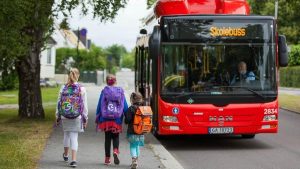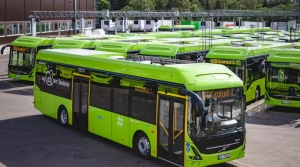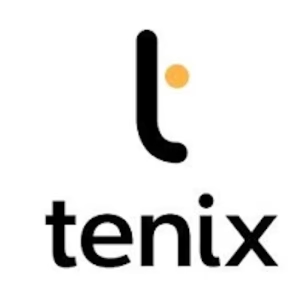A seamless and cost-efficient transition from fossil-burning to electronic bus operation. Collect data from your bus fleet and understand energy consumption and SOC trends with Tenix Bus 4.0.
From June, all Tenix Bus customers will experience a new updated interface and dashboard with new reports.
Where it all started
The first generation of Tenix Bus was launched in 2007 with a primary focus on tracking bus fleets in an easy and simple GPS-based solution. In 2014 Tenix Bus was upgraded to receive FMS data from the vehicles, also sensors were implemented to track physical movements and eco driving. To ensure the safety of the drivers a panic alarm was installed and to provide real-time overview new screens were implemented in the buses.
Huge steps were taken in 2019 when the software became ITxPT compliant. Tenix Bus 3.0 did now follow international standards and were integrating with equipment and software supported by the ITxPT standard.
In June 2022 we will launch the Tenix Bus 4.0.
Tenix Bus 4.0
The mobility industry is changing, and public transport is adapting to a green and sustainable future. This by implementing simpler, healthier, and cleaner solutions to fossil-burning busses, such as electric busses.
The new electric buses need new innovative digital solutions for collecting and analyzing the daily operations of the bus fleet. Therefore, we have added elbus reports for clients in the transition to electric buses, without neglecting all the reports for fossil-burning buses.
In addition to new reports, Tenix Bus 4.0 contains major structure and design updates with focus on seamless user experience and facilitating for further adaption to a greener and smarter future.
Facilitate for the future
The new structure and user-friendly interface are facilitating for a future that helps transport operators making forecasts and plan tomorrow’s energy consumption, charging time etc. This by using historical data from the bus fleet combined with external sources as weather forecast.
By using artificial intelligence and machine learning, we will find methods and planning tools that includes battery range, route, route altimeters, number of passengers and weather. All attributes that impact planning of tomorrow and contribute to sustainable utilization of resources.


